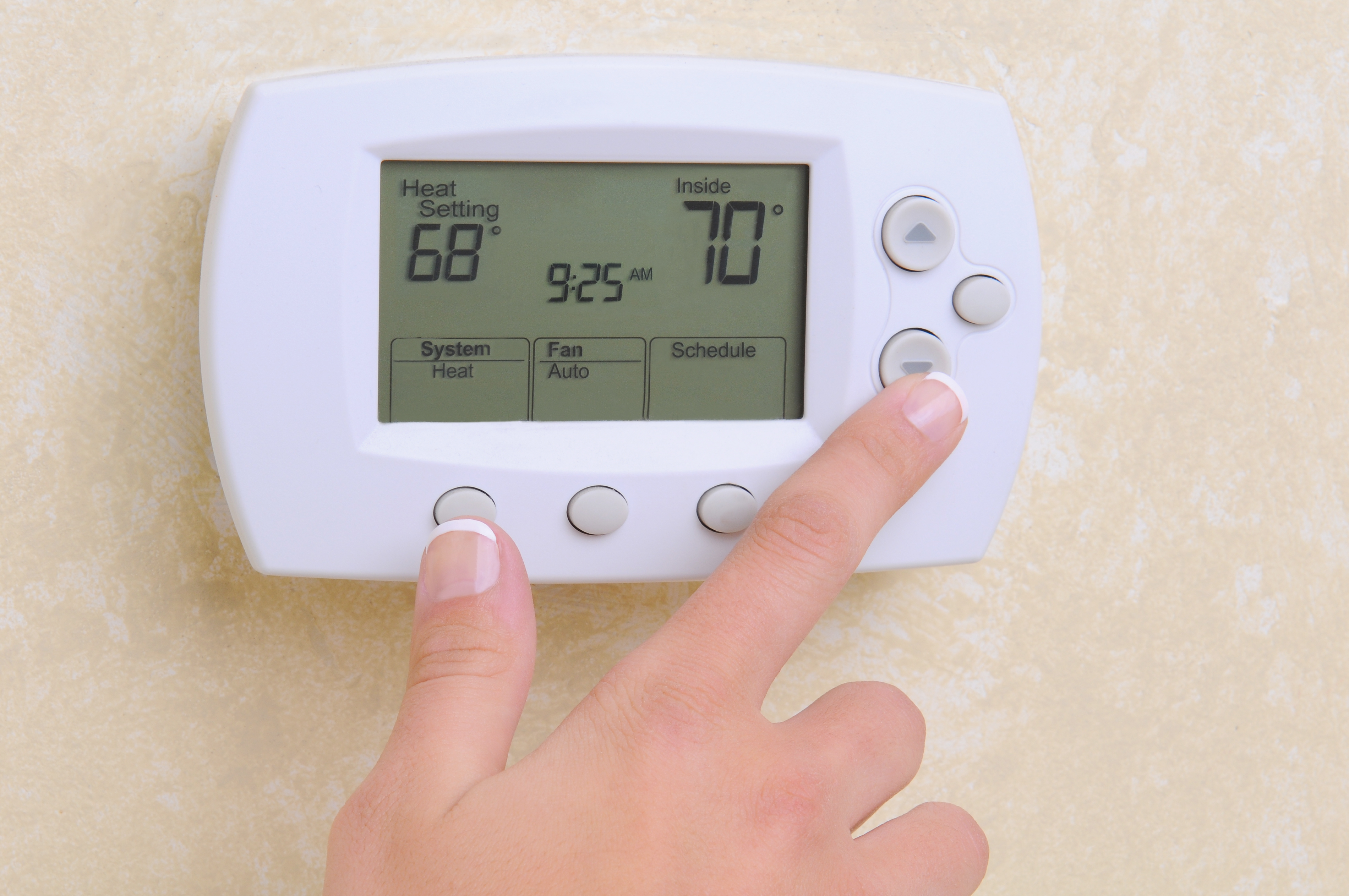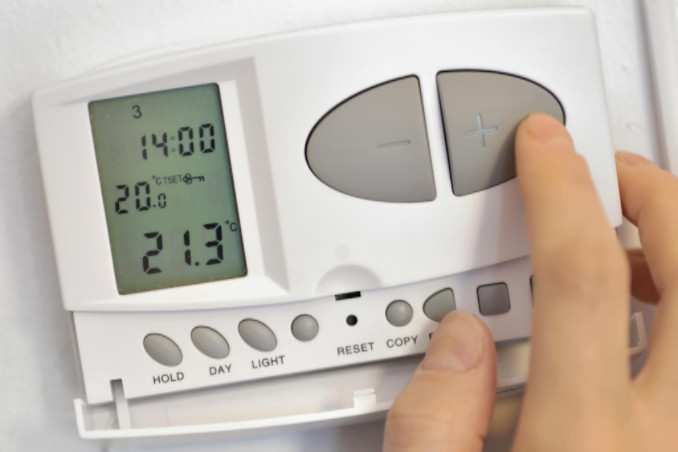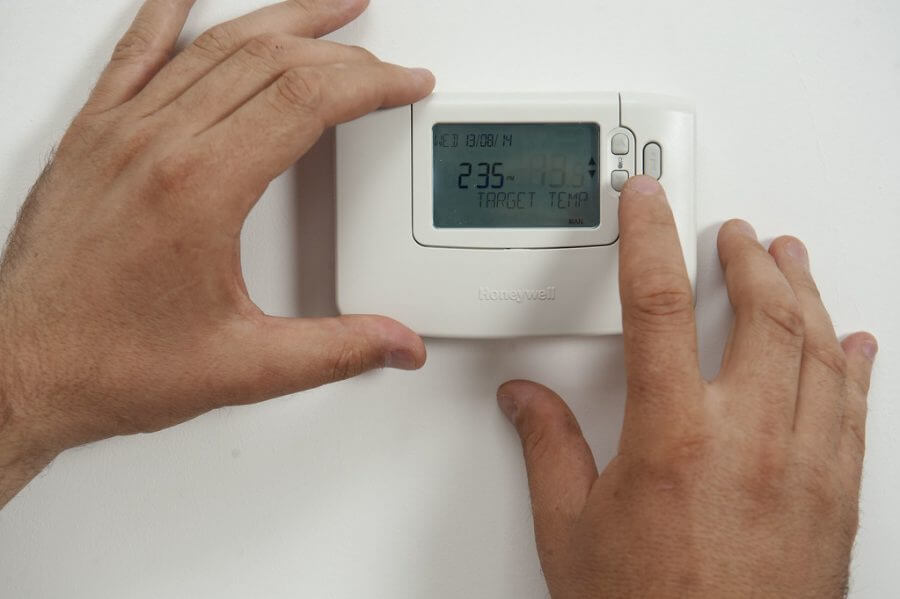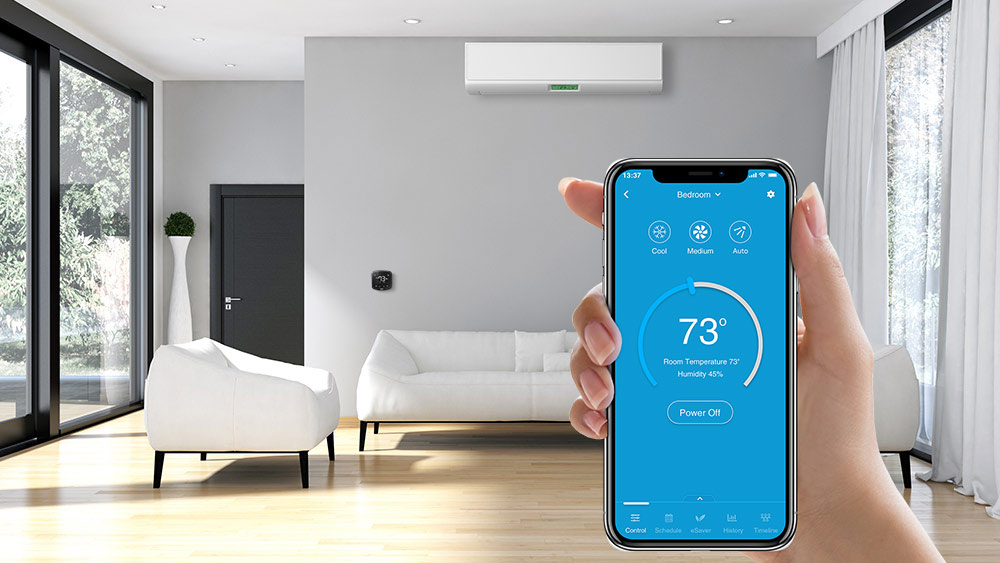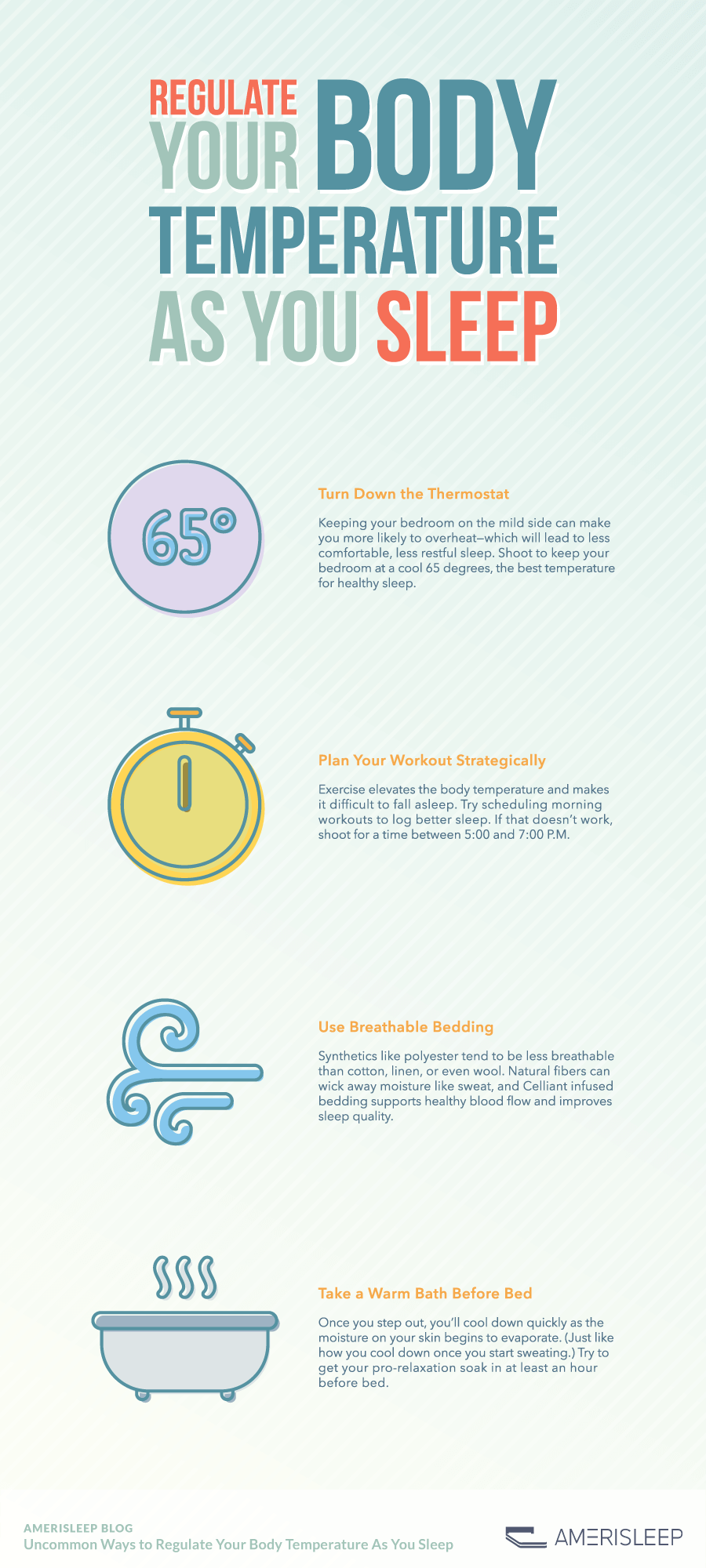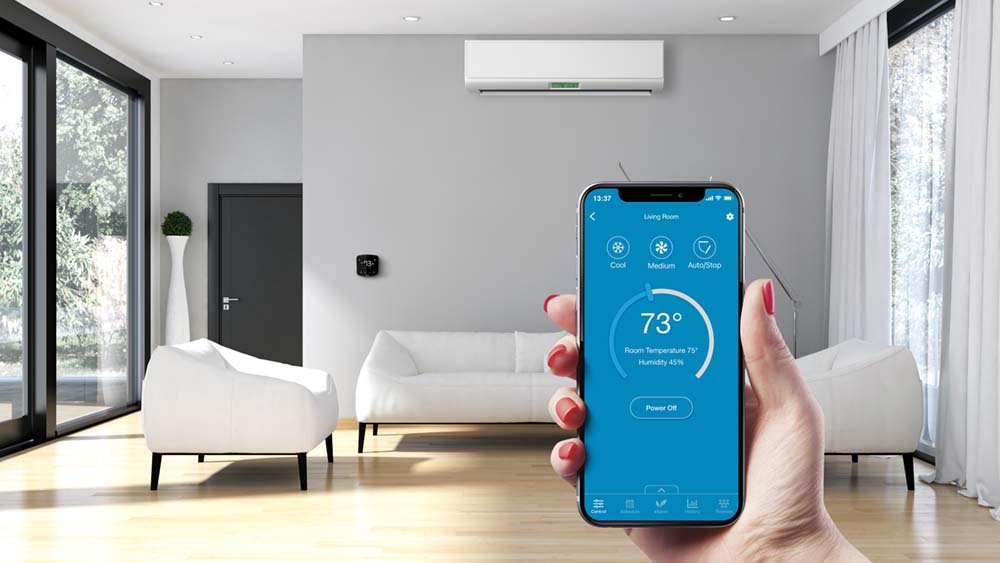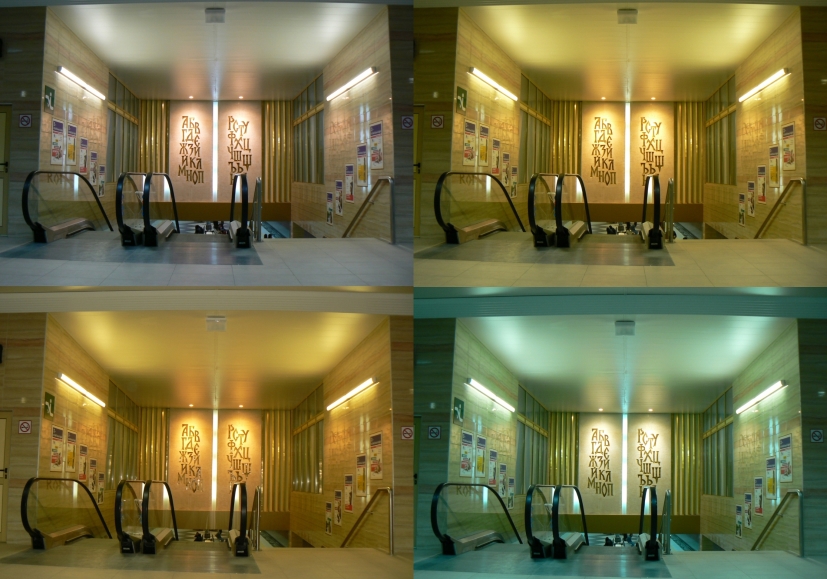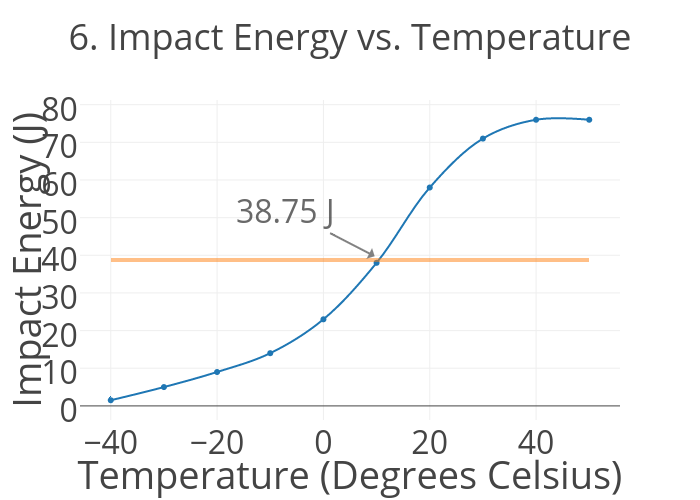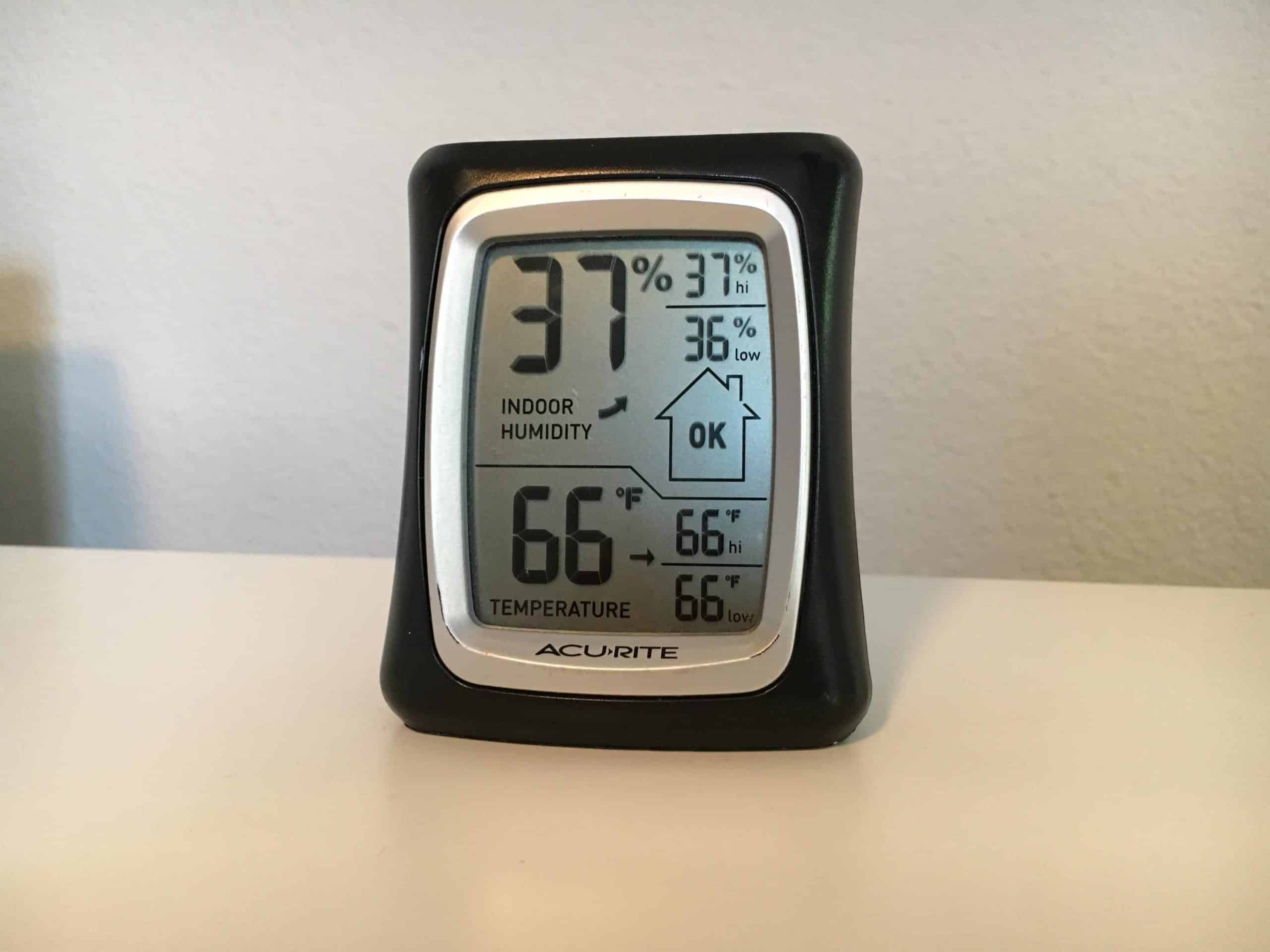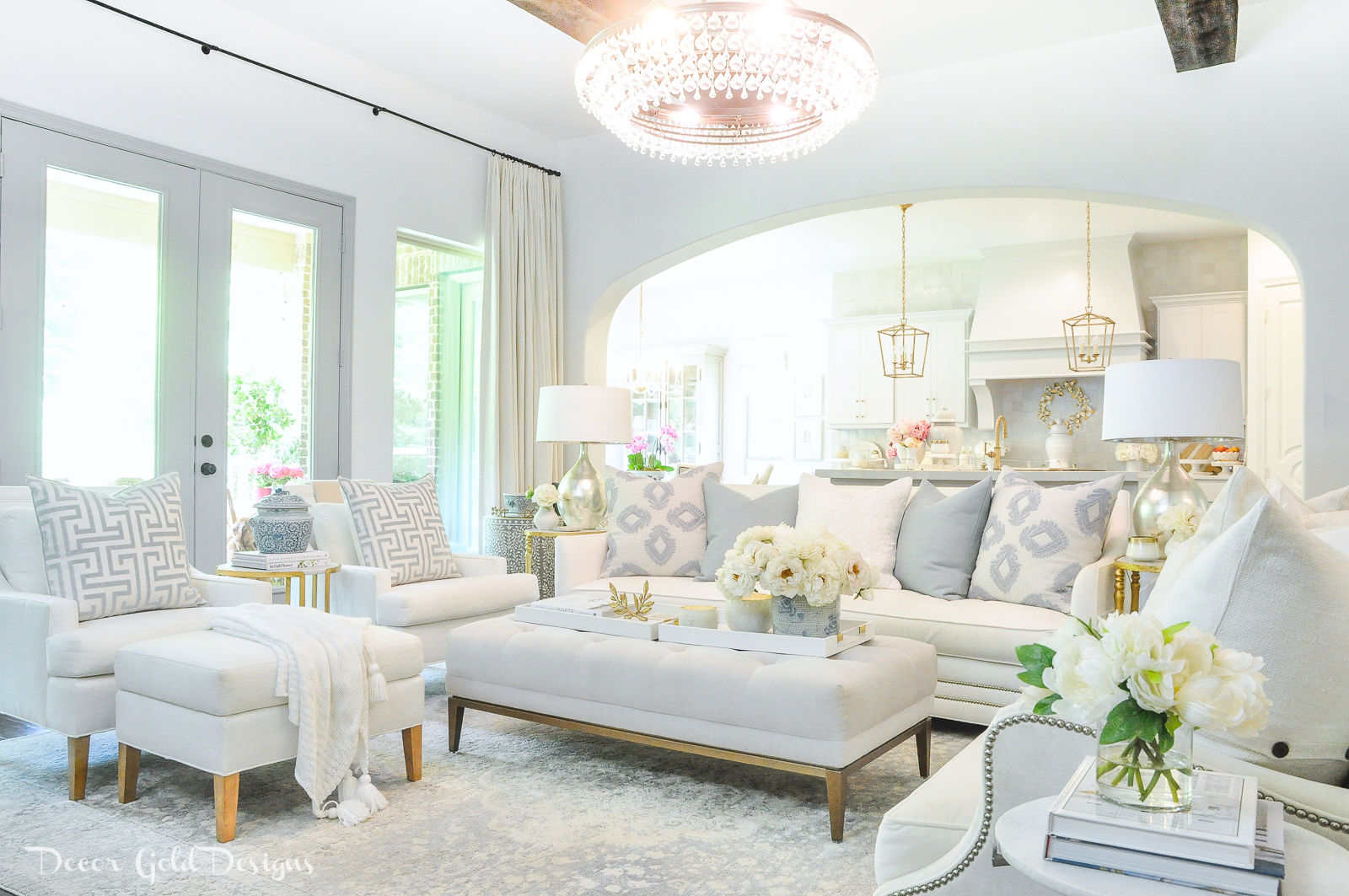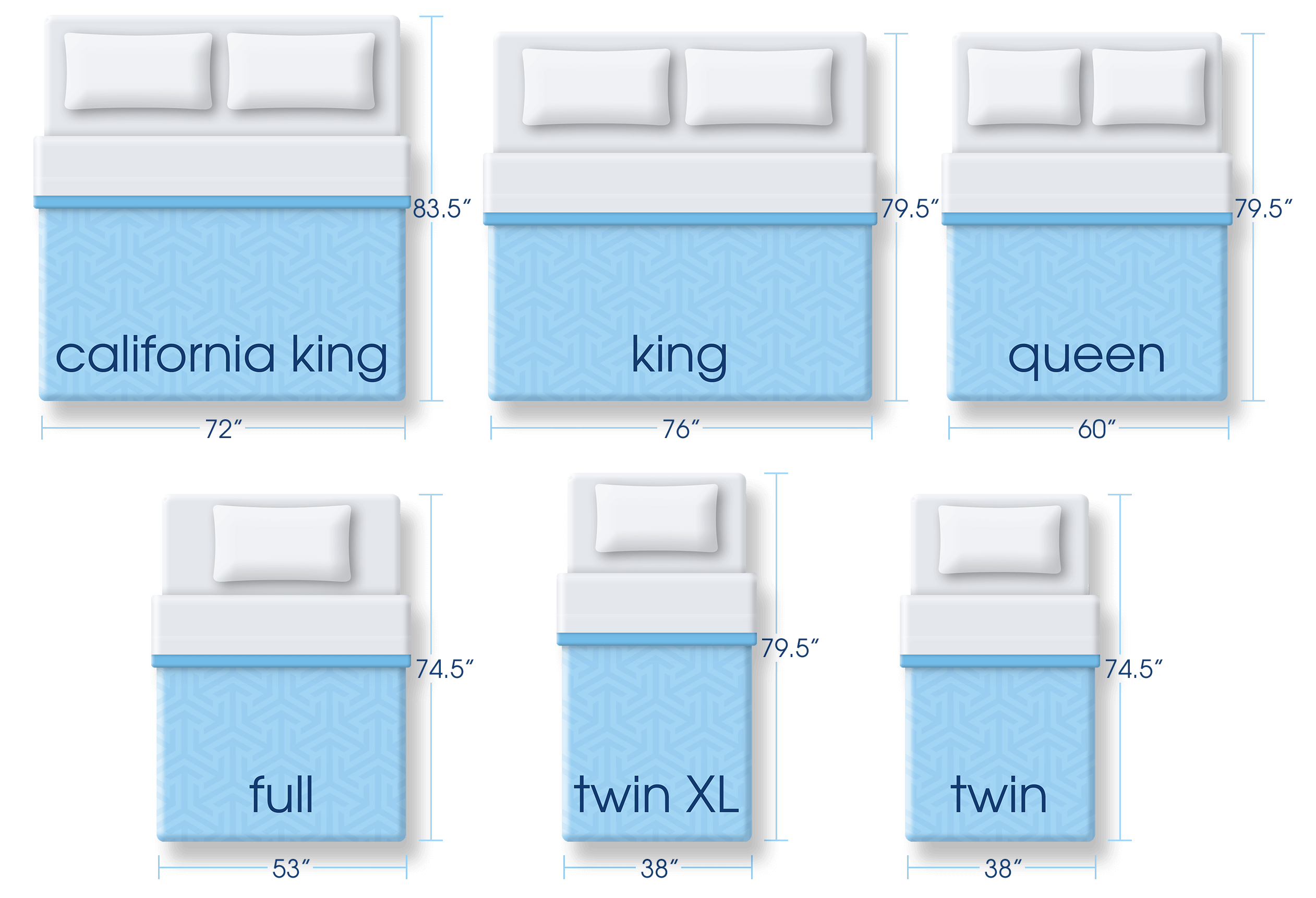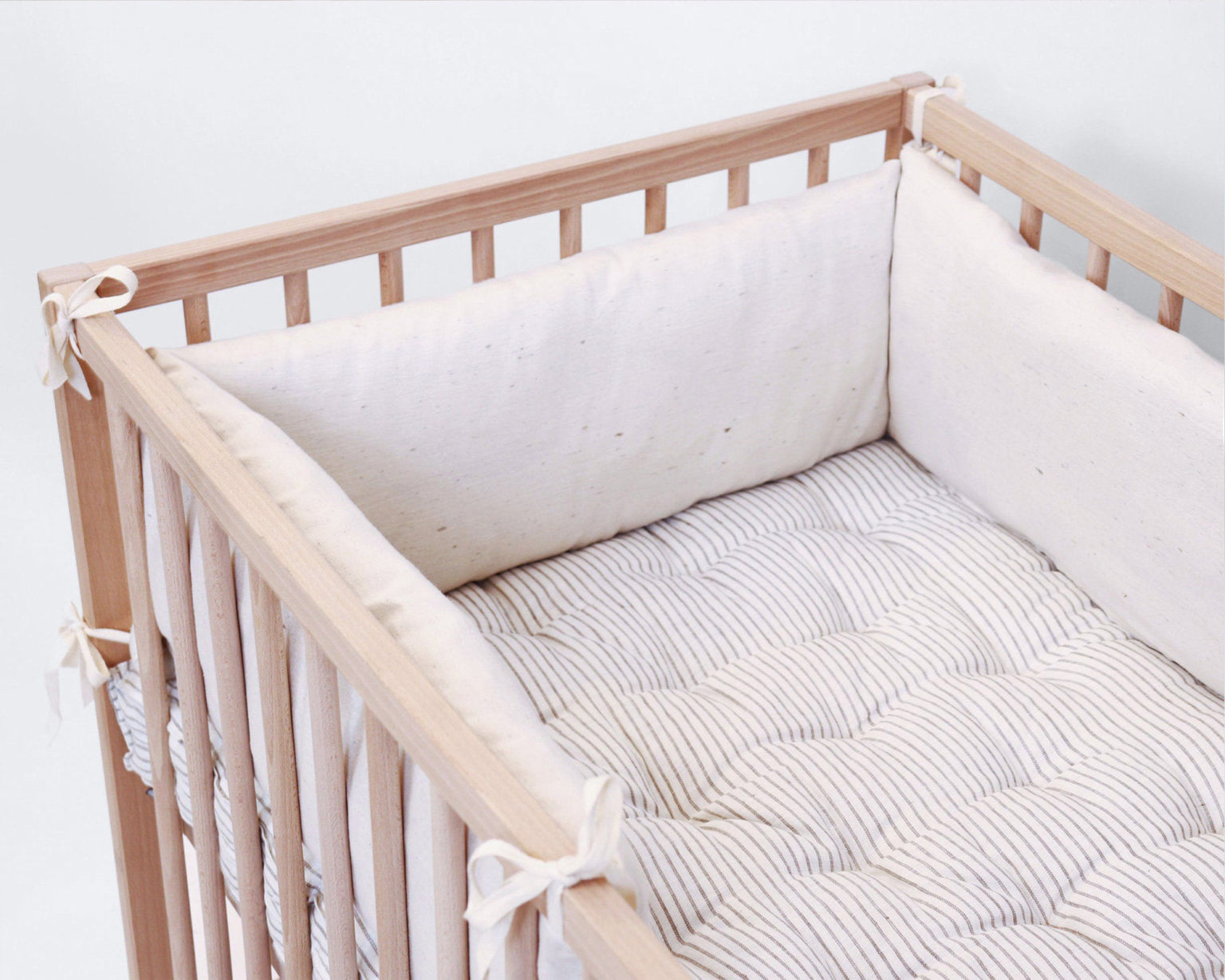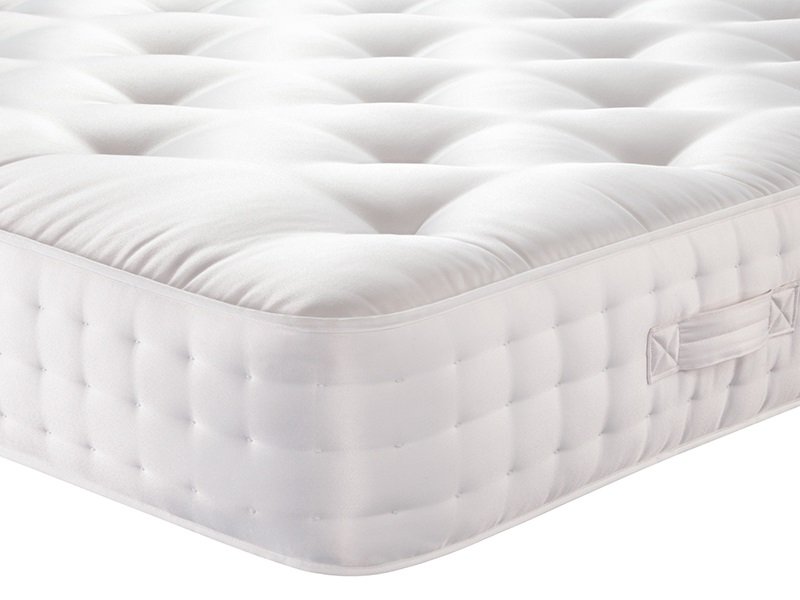When it comes to creating a comfortable living space, finding the right temperature is key. Not only does it affect our overall comfort, but it can also impact our energy bills and the environment. But with so many factors to consider, what is the optimal living room temperature? In this article, we will explore the science behind temperature, factors to consider, and tips to help you achieve the perfect balance for your living room. Optimal Living Room Temperature: What Should It Be?
The ideal living room temperature can vary depending on personal preferences, climate, and the type of heating and cooling system in your home. However, the optimal temperature range for most people falls between 68-72 degrees Fahrenheit. This range provides a comfortable and energy-efficient environment for your living room. To find the perfect temperature for your living room, start by setting your thermostat to 68 degrees and adjusting it up or down by one degree until you find the most comfortable setting for you. It's important to note that the perfect temperature can also vary throughout the day, as our bodies' natural temperature regulation changes. How to Find the Perfect Temperature for Your Living Room
Achieving the perfect temperature for your living room involves more than just adjusting the thermostat. Here are some tips and tricks to help you maintain an optimal temperature in your living room: 1. Use Natural Sunlight: Utilizing natural sunlight can help warm up your living room during the day, reducing the need for artificial heating. Keep your curtains open during the day to let in sunlight, and close them at night to keep the warm air inside. 2. Insulate Your Home: Proper insulation can help maintain a consistent temperature in your living room. Check for any drafts and seal them to prevent heat from escaping. 3. Utilize Ceiling Fans: While many people associate ceiling fans with cooling, they can also help distribute warm air throughout the room. Set your ceiling fan to rotate clockwise on a low speed to push warm air down into the living room. 4. Invest in a Programmable Thermostat: A programmable thermostat allows you to set different temperatures for different times of the day, ensuring your living room is always at the optimal temperature. 5. Dress Appropriately: Instead of adjusting the thermostat, consider adjusting your clothing to match the temperature. Layer up with warm clothes during colder months and opt for lighter clothing during warmer months. This can help save energy and keep your living room at a comfortable temperature. The Ideal Temperature for Your Living Room: Tips and Tricks
Once you have found the perfect temperature for your living room, it's important to maintain it to ensure maximum comfort and energy efficiency. Here are some ways you can keep your living room at the optimal temperature: 1. Regularly Clean and Maintain Your HVAC System: A well-maintained heating and cooling system will work more efficiently, keeping your living room at the desired temperature. Make sure to clean or replace air filters and schedule regular maintenance checks to keep your HVAC system running smoothly. 2. Keep Furniture Away from Vents: Blocking vents with furniture can disrupt the airflow in your living room and make it difficult to maintain the optimal temperature. Make sure to keep furniture at least a few inches away from vents to allow for proper air circulation. 3. Check for Leaks and Drafts: Regularly check for any leaks or drafts in your living room, as they can cause warm air to escape and make it difficult to maintain a consistent temperature. Seal any leaks or drafty areas to keep warm air inside. Maintaining the Optimal Temperature in Your Living Room
Our bodies have a natural temperature regulation system that works to keep us comfortable and healthy. The optimal living room temperature falls within the range of our body's natural temperature, which is around 98.6 degrees Fahrenheit. When our surroundings are too hot or too cold, our bodies have to work harder to regulate our internal temperature, which can lead to discomfort and health issues. Maintaining an optimal living room temperature ensures our bodies can function properly without having to work too hard to maintain a comfortable temperature. The Science Behind the Optimal Living Room Temperature
There are several factors to consider when determining the optimal living room temperature for your home. These include: 1. Climate: The climate you live in can affect the optimal living room temperature. For example, people living in colder climates may prefer a slightly warmer temperature, while those living in warmer climates may prefer a cooler temperature. 2. Insulation: As mentioned earlier, proper insulation is crucial for maintaining a consistent temperature in your living room. The level of insulation in your home can affect the optimal temperature, as well as your energy bills. 3. Type of Heating and Cooling System: The type of heating and cooling system in your home can also impact the optimal living room temperature. Some systems may be more efficient at maintaining a certain temperature, while others may require more energy to do so. Factors to Consider When Setting the Temperature in Your Living Room
Achieving the perfect temperature in your living room is not just about setting the thermostat to a specific number. It's about finding the right balance between temperature and comfort. Some people may feel comfortable at a slightly lower or higher temperature, and that's okay. The key is to find what works best for you and your household. It's also important to remember that the optimal living room temperature may vary based on personal preferences and the time of year. During colder months, you may need to adjust the temperature slightly higher, and during warmer months, you may need to adjust it lower. The goal is to find a temperature that keeps you comfortable and saves energy at the same time. Finding the Right Balance: Temperature and Comfort in Your Living Room
Maintaining an optimal living room temperature not only ensures your comfort but also has a significant impact on your energy bills and the environment. By keeping your living room at the optimal temperature, you can reduce your energy consumption and save money on your utility bills. Additionally, using less energy also helps reduce your carbon footprint, making it a more environmentally-friendly choice. The Impact of Temperature on Your Living Room's Energy Efficiency
To recap, here is a step-by-step guide to help you achieve the perfect temperature for your living room: 1. Start with a Base Temperature: Set your thermostat to 68 degrees and adjust it up or down by one degree until you find the most comfortable setting for your living room. 2. Utilize Natural Sunlight: Keep your curtains open during the day to let in natural sunlight, and close them at night to retain warmth. 3. Insulate Your Home: Proper insulation is key for maintaining a consistent temperature in your living room. Check for any drafts and seal them. 4. Use Ceiling Fans: Set your ceiling fan to rotate clockwise on a low speed to push warm air down into the living room. 5. Invest in a Programmable Thermostat: A programmable thermostat allows you to set different temperatures for different times of the day, ensuring your living room is always at the optimal temperature. 6. Dress Appropriately: Consider adjusting your clothing to match the temperature instead of adjusting the thermostat. 7. Regularly Clean and Maintain Your HVAC System: A well-maintained heating and cooling system will work more efficiently, keeping your living room at the desired temperature. 8. Keep Furniture Away from Vents: Make sure to keep furniture at least a few inches away from vents to allow for proper air circulation. 9. Check for Leaks and Drafts: Regularly check for any leaks or drafts in your living room, and seal them to keep warm air inside. 10. Find the Right Balance: Remember, the optimal living room temperature may vary based on personal preferences and the time of year. The key is to find what works best for you and your household. Achieving the Perfect Temperature for Your Living Room: A Step-by-Step Guide
Maintaining an optimal living room temperature has numerous benefits, including: 1. Comfort: The most obvious benefit of an optimal living room temperature is overall comfort. By finding the right temperature for your living room, you can create a comfortable and inviting space for you and your family. 2. Energy Efficiency: By keeping your living room at the optimal temperature, you can reduce your energy consumption and save money on your utility bills. 3. Environmental Impact: Using less energy also helps reduce your carbon footprint and contributes to a more environmentally-friendly lifestyle. 4. Health: Maintaining an optimal living room temperature ensures our bodies can function properly without having to work too hard to regulate our internal temperature, leading to better overall health. The Benefits of Maintaining an Optimal Living Room Temperature
The Importance of Finding the Optimal Living Room Temperature for Your House Design

Creating the Perfect Atmosphere
 When designing a house, there are many factors to consider such as layout, color scheme, and furniture placement. However, one often overlooked aspect is the temperature of the living room. The temperature of a room can greatly affect the overall atmosphere and comfort level, making it an important element to consider in house design.
Optimal living room temperature
is not just about personal preference, it can also impact your health and well-being.
When designing a house, there are many factors to consider such as layout, color scheme, and furniture placement. However, one often overlooked aspect is the temperature of the living room. The temperature of a room can greatly affect the overall atmosphere and comfort level, making it an important element to consider in house design.
Optimal living room temperature
is not just about personal preference, it can also impact your health and well-being.
The Goldilocks Principle
 We have all heard the story of Goldilocks and the three bears, where the little girl searches for the
perfect
bowl of porridge and the
perfect
bed to sleep in. Similarly, when it comes to the temperature of your living room, there is also a "just right" temperature that you should aim for. This is known as the
Goldilocks principle
, where the temperature is not too hot or too cold, but just right for optimal comfort.
We have all heard the story of Goldilocks and the three bears, where the little girl searches for the
perfect
bowl of porridge and the
perfect
bed to sleep in. Similarly, when it comes to the temperature of your living room, there is also a "just right" temperature that you should aim for. This is known as the
Goldilocks principle
, where the temperature is not too hot or too cold, but just right for optimal comfort.
The Ideal Temperature
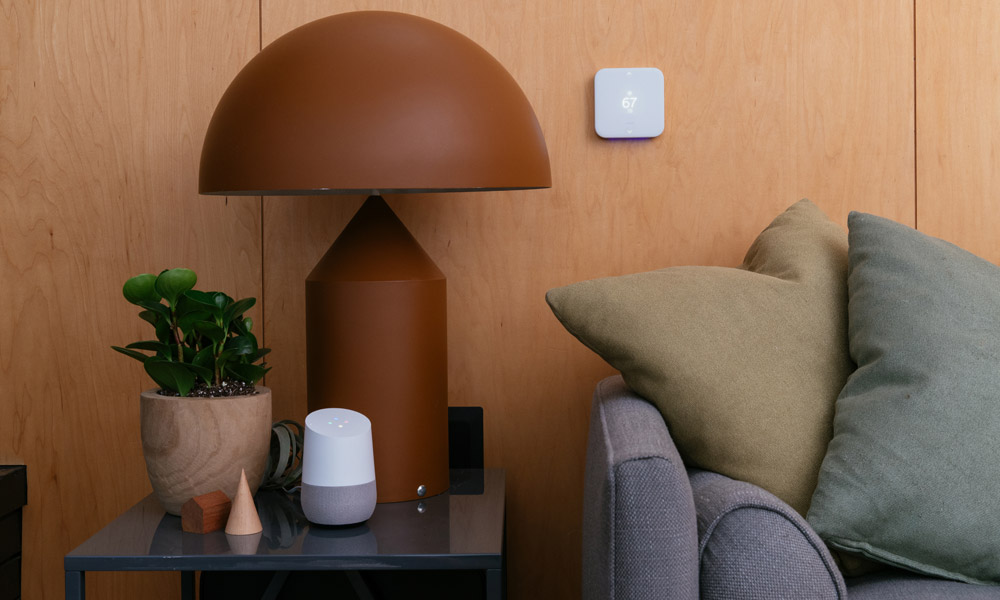 So, what is the
ideal temperature
for a living room? According to experts, the recommended temperature for a living room is between 68-72 degrees Fahrenheit. This temperature range is considered comfortable for most people and can help promote relaxation and productivity. However, it is important to note that this temperature may vary depending on personal preferences and external factors such as climate and humidity.
So, what is the
ideal temperature
for a living room? According to experts, the recommended temperature for a living room is between 68-72 degrees Fahrenheit. This temperature range is considered comfortable for most people and can help promote relaxation and productivity. However, it is important to note that this temperature may vary depending on personal preferences and external factors such as climate and humidity.
Benefits of an Optimal Living Room Temperature
 Maintaining an
optimal living room temperature
not only promotes comfort but also has various benefits for your health and well-being. A room that is too cold can lead to health issues such as stiff joints and muscles, while a room that is too hot can cause dehydration and heat exhaustion. Additionally, a comfortable temperature can also help improve sleep quality and reduce energy consumption.
Maintaining an
optimal living room temperature
not only promotes comfort but also has various benefits for your health and well-being. A room that is too cold can lead to health issues such as stiff joints and muscles, while a room that is too hot can cause dehydration and heat exhaustion. Additionally, a comfortable temperature can also help improve sleep quality and reduce energy consumption.
How to Achieve the Optimal Temperature
 Now that we know the importance of
optimal living room temperature
, the question is, how can we achieve it? One of the simplest ways is to invest in a programmable thermostat, which allows you to set the temperature according to your preferences and schedule. You can also utilize natural ventilation and insulation to maintain a consistent temperature in your living room.
In conclusion, the
optimal living room temperature
is a crucial element to consider in house design. Finding the "just right" temperature can not only create a comfortable and inviting atmosphere but also contribute to your overall health and well-being. So, the next time you are designing your living room, be sure to pay attention to the temperature and make it a top priority.
Now that we know the importance of
optimal living room temperature
, the question is, how can we achieve it? One of the simplest ways is to invest in a programmable thermostat, which allows you to set the temperature according to your preferences and schedule. You can also utilize natural ventilation and insulation to maintain a consistent temperature in your living room.
In conclusion, the
optimal living room temperature
is a crucial element to consider in house design. Finding the "just right" temperature can not only create a comfortable and inviting atmosphere but also contribute to your overall health and well-being. So, the next time you are designing your living room, be sure to pay attention to the temperature and make it a top priority.


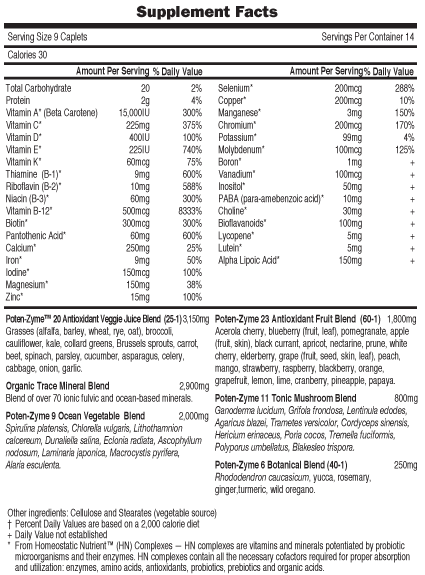


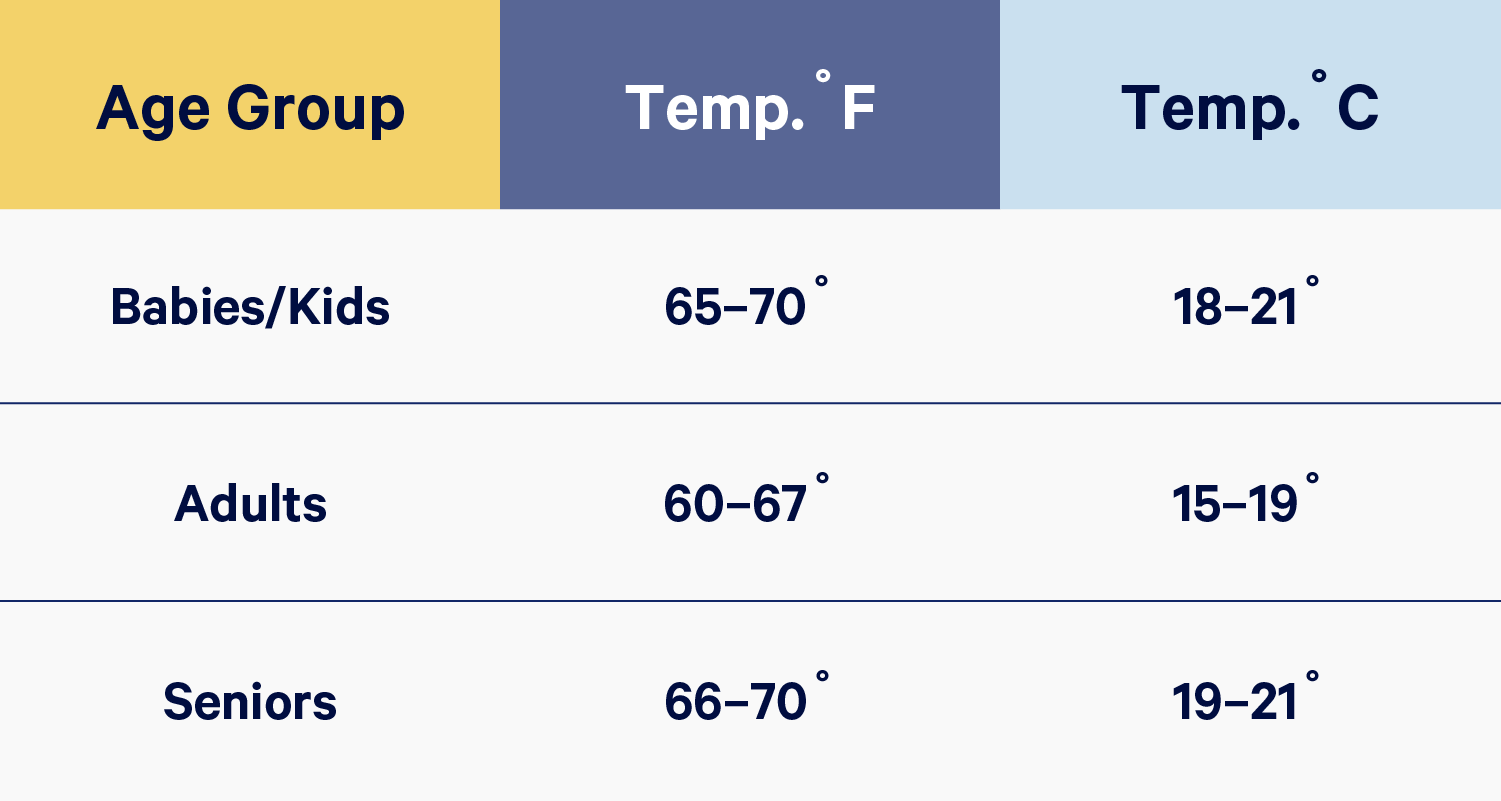



/thermostatGettyImages-163842038-5a29c5eceb4d5200364ab479.jpg)


